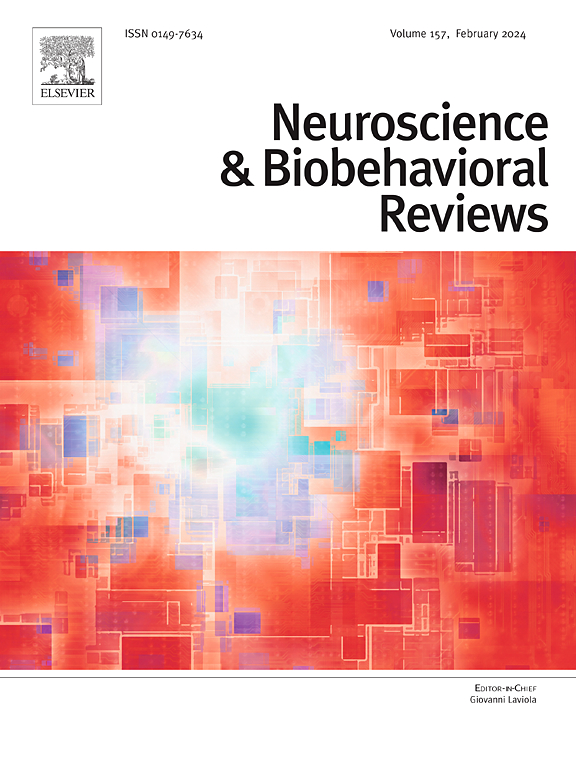Toward neuroscientific understanding in posttraumatic growth: Scoping review identifying electrophysiological neurofeedback training targets for brain-based research
IF 7.5
1区 医学
Q1 BEHAVIORAL SCIENCES
引用次数: 0
Abstract
Improved neural understanding of posttraumatic growth (PTG) is required for effective trauma care. PTG is the advantageous psychological change some individuals derive from their struggle to overcome trauma. This comprehensive review critically examined the limited neural PTG research, to identify electrophysiological training targets for future research examining neurofeedback to enhance PTG, and provides novel insights into the emerging neural theory of PTG. PRISMA-ScR (Preferred Reporting Items for Systematic reviews and Meta-Analyses extension for Scoping Reviews) informed the process. Findings from the studies N=8 (participants N=765) revealed PTG was correlated with left-lateralised alpha frequency power patterns. Specifically, PTG was associated with lower left frontal alpha power, higher left central alpha power, and lower parietal alpha power. Differences between studies may identify different components of PTG-related neural circuitry, or represent variations in PTG and sub-factor strength, mechanistic differences between studies, or the potential confounding presence of posttraumatic stress disorder (PTSD). While lower alpha power has been associated with higher PTSD in existing literature, higher left central alpha power was associated with lower PTSD. Therefore, alpha upregulation neurofeedback delivered over the sensorimotor cortices of the brain, around left central EEG electrode C3, presented the most promising neurofeedback target.
创伤后成长中的神经科学理解:为基于大脑的研究确定电生理神经反馈训练目标的范围审查。
有效的创伤护理需要提高神经系统对创伤后成长(PTG)的认识。创伤后成长是指一些人在克服创伤的过程中产生的有利的心理变化。这篇综合性综述对有限的创伤后成长神经研究进行了批判性审视,为未来研究神经反馈以增强创伤后成长确定了电生理训练目标,并为创伤后成长的新兴神经理论提供了新的见解。PRISMA-ScR(系统综述和荟萃分析的首选报告项目,范围综述的扩展)为这一过程提供了参考。研究结果 N=8(参与者 N=765)显示,PTG 与左侧化的α频率功率模式相关。具体来说,PTG 与较低的左额叶阿尔法功率、较高的左中央阿尔法功率和较低的顶叶阿尔法功率相关。不同研究之间的差异可能是 PTG 相关神经回路的不同组成部分,也可能是 PTG 和子因子强度的差异、不同研究之间的机制差异或创伤后应激障碍(PTSD)的潜在混杂因素。在现有文献中,较低的α功率与较高的创伤后应激障碍相关,而较高的左中枢α功率与较低的创伤后应激障碍相关。因此,在大脑感觉运动皮层(左中央脑电图电极 C3 周围)进行α上调神经反馈是最有前景的神经反馈目标。
本文章由计算机程序翻译,如有差异,请以英文原文为准。
求助全文
约1分钟内获得全文
求助全文
来源期刊
CiteScore
14.20
自引率
3.70%
发文量
466
审稿时长
6 months
期刊介绍:
The official journal of the International Behavioral Neuroscience Society publishes original and significant review articles that explore the intersection between neuroscience and the study of psychological processes and behavior. The journal also welcomes articles that primarily focus on psychological processes and behavior, as long as they have relevance to one or more areas of neuroscience.

 求助内容:
求助内容: 应助结果提醒方式:
应助结果提醒方式:


